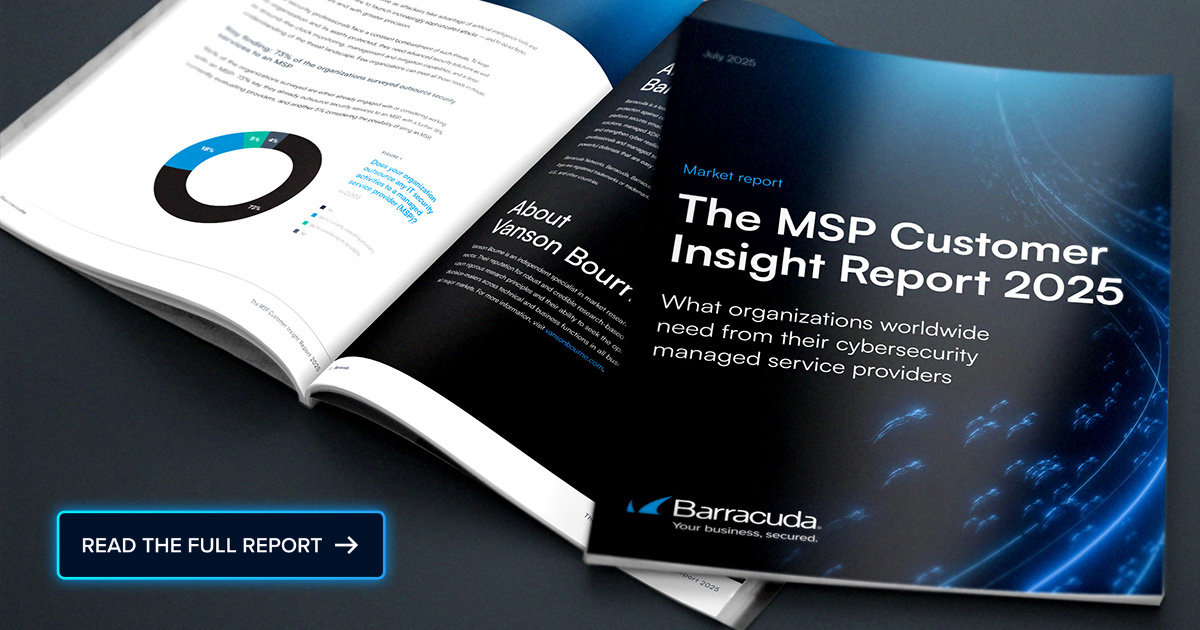 Remember the good old days when certain activities—hosting email, running data analytics, and delivering reports—were strong revenue drivers? With major players like AWS, Azure, and Google Cloud Platform (GCP) entering the arena, those capabilities quickly became table stakes. Each hyperscaler brought its own email and data analytics engines, among many other features.
Remember the good old days when certain activities—hosting email, running data analytics, and delivering reports—were strong revenue drivers? With major players like AWS, Azure, and Google Cloud Platform (GCP) entering the arena, those capabilities quickly became table stakes. Each hyperscaler brought its own email and data analytics engines, among many other features.
Adapting to hyperscaler innovations
Managed service providers (MSPs) had to adapt, and most did. You can still find providers offering email services, for example, but many of these are packaged as Microsoft 365 email agreements. Microsoft supplies the email engine and licenses, while the MSP adds support and other services on top. The same pattern applies to analytics and reporting: MSPs are increasingly required to demonstrate real value beyond what the hyperscalers offer by default.
This shift has created a dilemma for some MSPs. Those who have chosen to rely on a hyperscaler as the underlying platform are reasonably well positioned, with capabilities delivered at speed and with low latency. Those with their own data centers and in-house platforms face a tougher choice: build and maintain their own capabilities, or link to hyperscaler services while potentially contending with response and availability issues.
The tension intensifies as artificial intelligence (AI) matures. Today, a growing number of proprietary AI MSPs market differentiated capabilities. Yet the big three hyperscalers have embedded AI across their platforms and are investing heavily in AI development. They may be onto something. Organizations want AI solutions they can rely on for the long term, with ongoing developments that keep them competitive without needing to replace the AI engine every few years.
MSPs now face three viable paths
- Build and operate their own AI capability. This could mean starting from scratch (a risky, potentially expensive approach) or extending an existing open-source engine, such as OpenAI’s tools or TensorFlow. It requires deep expertise in AI, careful integration, and ongoing maintenance to stay competitive with other offerings.
- Leverage third-party AI from other MSPs. An AI-focused MSP can offer leading-edge capabilities, but investment depends on customer demand, and attracting and retaining skilled talent is competitive and costly. A clear advantage for AI-focused MSPs is domain specialization. Generic AI engines embedded in hyperscalers can only do so much; a vertically focused MSP can deliver tailored large language models (LLMs) optimized for sectors like healthcare, law, education, aerospace, and so on.
- Rely on hyperscalers. This is the easiest option for many MSPs already using a hyperscaler platform. The AI arms race among AWS, Azure, and GCP is likely to intensify, with billions of dollars flowing into AI R&D and increasing maturity in necessary capabilities. Over time, hyperscalers may offer more vertical-specific AI features, which could challenge independent AI MSPs. However, placing all bets on a single hyperscaler carries significant risk: it can lock you into the provider’s pricing and roadmap, making it hard to switch AI engines if you’re dissatisfied.
What we’re witnessing is a continuation of a long-term trend for MSPs: the all-you-can-eat, full-function, fully integrated software-as-a-service model is fading. Many capabilities have become commoditized and maintaining them in-house is often not just expensive but unnecessary. AI, in particular, is becoming a baseline capability rather than a differentiator. The real potential for revenue lies in building discrete value atop the underlying AI engine—creating additional, clearly defined outcomes for customers.
This evolving landscape suggests a two-fold role
- Act as integrators of third-party services, assembling them into solutions that meet each customer’s specific outcomes.
- Develop discrete capabilities that extend beyond the base offerings of the integrated services, ensuring customers can realize tangible returns on their investments.
This shift may disrupt MSPs that have grown complacent with ongoing renewals and recurring revenue. If they fail to adapt, they risk revenue erosion and even business failure as hyperscalers continue to compete aggressively—often at the expense of smaller MSPs.
In short, the days of relying solely on broad, built-in toolkits are behind us. The MSP of the near future will blend integration mastery with focused, value-added capabilities that address particular industries or use cases. Those who embrace this approach can help customers extract meaningful outcomes from AI-powered platforms while preserving resilience in a rapidly changing, highly competitive market.
Photo: Master Hands / Shutterstock

